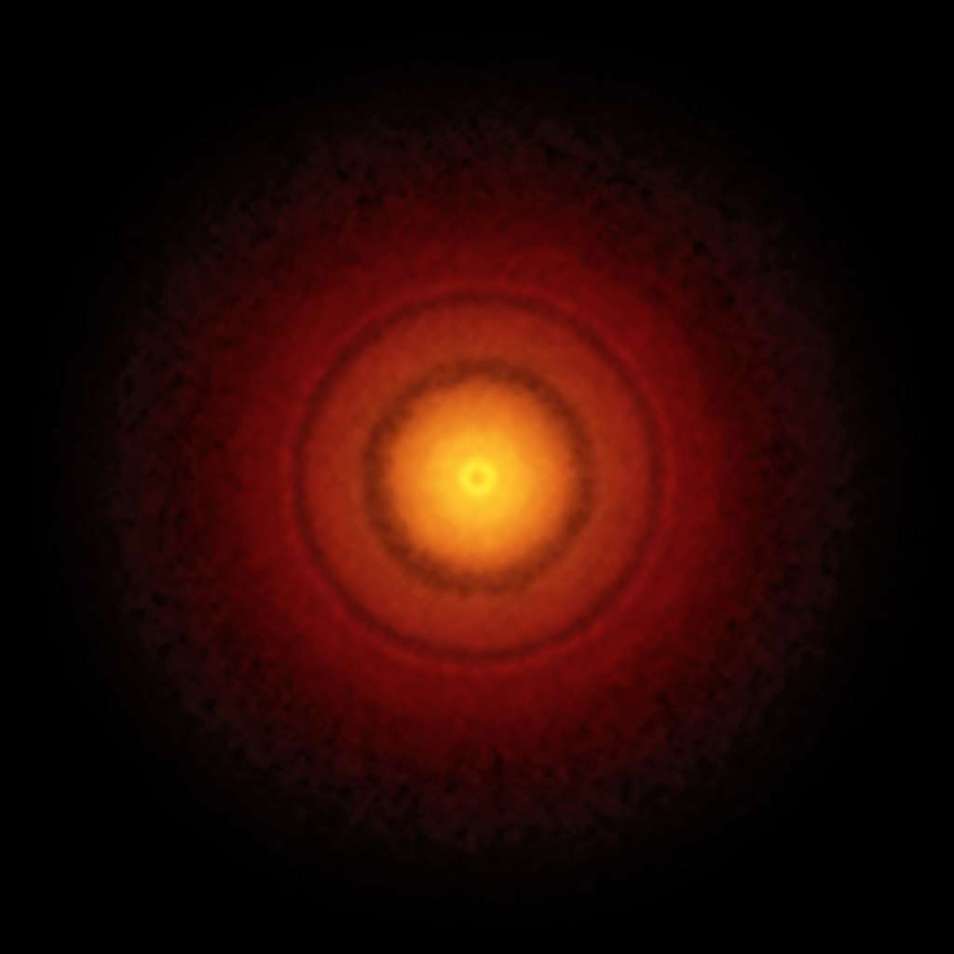Astronomers found a sign of a growing planet around TW Hydra, a nearby young star, using the Atacama Large Millimeter/submillimeter Array (ALMA). Based on the distance from the central star and distribution of tiny dust grains, the baby planet is estimated to be an icy giant, similar to Uranus and Neptune in our Solar System. This result is another step for understanding the origins of various types of planets.
A number of extrasolar planets have been found in the past two decades and now researchers have a common view that planets take a wide variety of characteristics. However, it is still unclear how this diversity emerges. Especially, there is still debate about how the icy giant planets, such as Uranus and Neptune, form.

